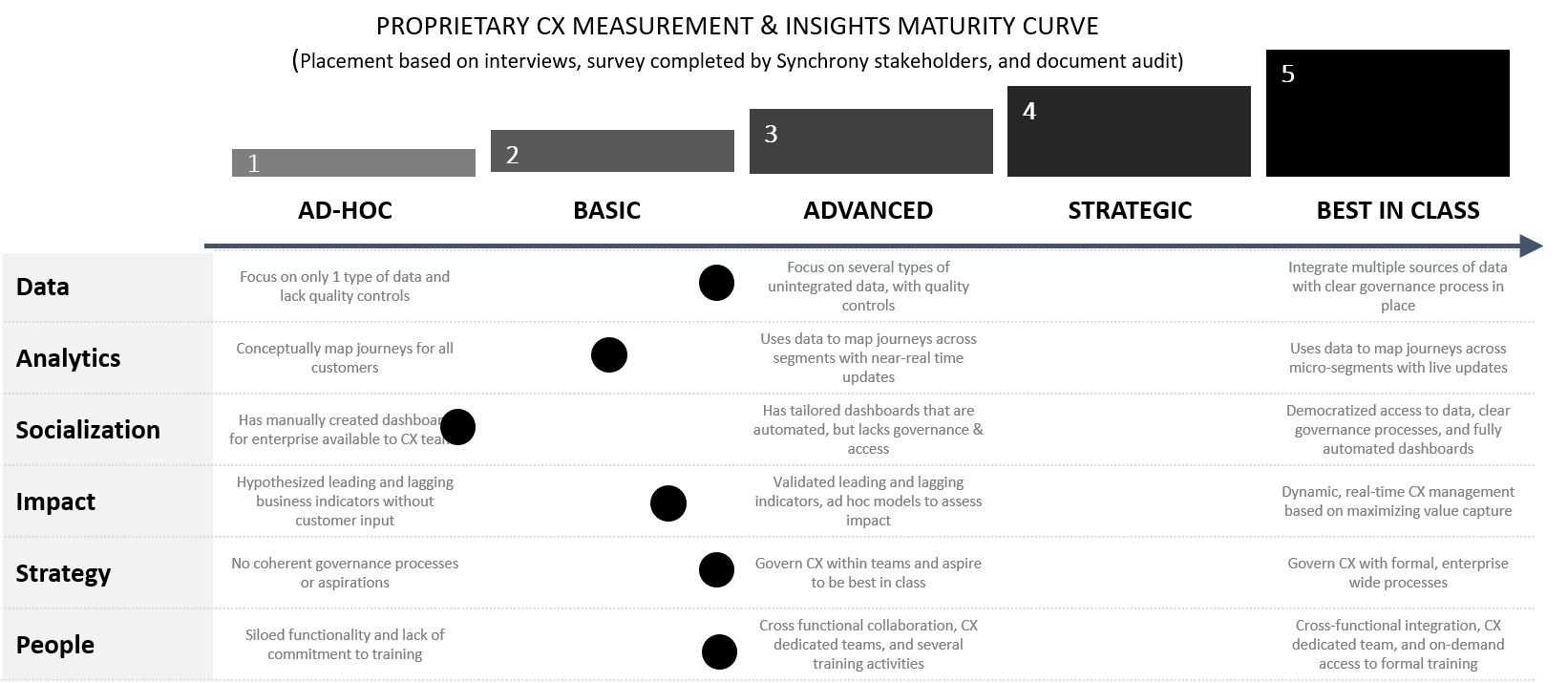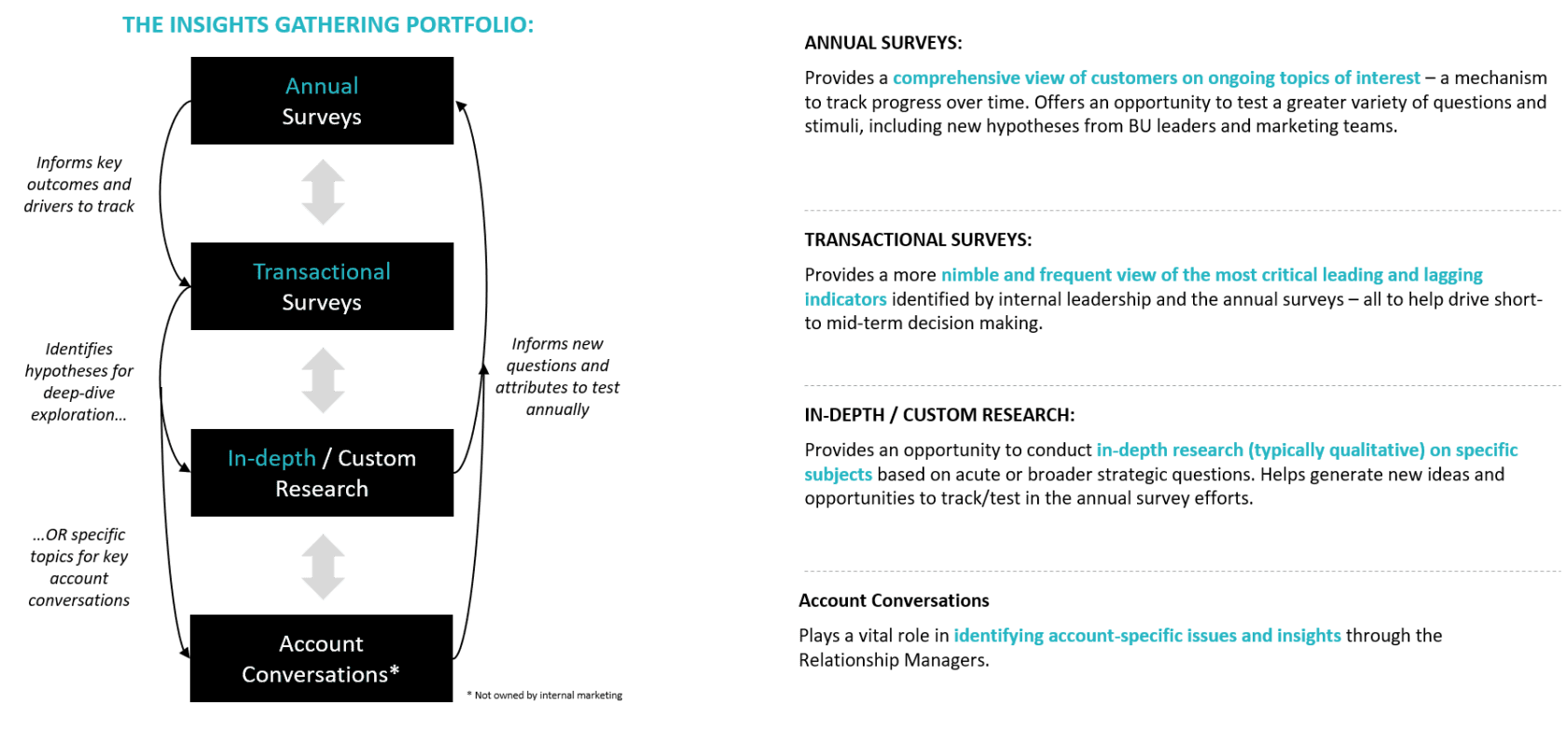BLOG
Experience-Led Transformation: Where to Start & How to Measure Progress
There’s harmony and happiness in the “X frontier.” Here’s how to find it and make it work for your customers.
When Charles Dickens said, “It was the best of times, it was the worst of times, it was the age of wisdom, it was the age of foolishness,” he may have been comparing a typical customer journey map to an ideal state experience.
The Benefits of Experience-Led Transformation
Look around: the “big four” Amazon, Apple, Facebook and Google all achieved initial critical mass by providing singularly satisfying, consistently outstanding experiences.
The world’s top innovative companies of 2019, such as Meituan Dianping (handles virtually ANY type of booking and delivery in China), Grab (squeezed Uber out of Singapore and broadened into food, travel booking, financial services and now even health insurance service delivery), Stitch Fix (the radically data-driven personal styling at scale fashion business), or Sweetgreen (fast casual, farm to table restaurant chain empire) – are all built on the backs of consistently satisfying experiences, at scale.
These companies move far beyond optimizing customer experience (CX), they are reaching the new “X frontier” – creating a harmonious environment for employee experience (EX) and partner experience (PX) in their respective value chains.
Because of these disruptors, expectations for general experience delivery has been raised everywhere. Sixty-seven percent of customers say standards for good experiences are higher than they’ve ever been; 76 percent expect companies to understand what they need and meet their expectations; and 64 percent find customer experience to be more important than price when it comes to making a purchase. Clearly experience drives customer value creation and loyalty.
We know it pays off for businesses, big time. Experience-driven businesses report between 1.6x – 1.9x higher YoY financial value growth because of improved retention, repeat purchase rates, average order size, and as a result, higher customer lifetime value (CLV).
In a nutshell: the rules have been reset and expectations raised. Experience is critical to success and risk of inaction intensifies– so WHY are so many organizations STILL nowhere close to transforming their approach to experience?
Common Challenges of Transforming Experiences
Two of the biggest challenges we hear from executives are:
- CX is a systematic and daunting task that involves every single muscle of the organizational mind, body and soul. Where do I start?
- The payoff sounds nice in theory, but how do I know if we are making progress? How do I measure this?
Where to Start with Experience-Led Transformation
There is such a thing as CX maturity. Knowing where your organization is on the maturity curve will help you determine where to start and prioritize battles to fight now vs. later. There are six criteria that typically defines an organization’s CX maturity level:
- Vision & Strategy: to what degree does the organization (from CEO to frontline) share a CX-centric vision and govern CX with a formal, top-down, enterprise-wide process?
- People & Culture: to what degree does the focus on CX drive the formal and informal cultural rituals and processes; do CX dedicated teams, cross-functional integration, and on-demand access to formal training exist, and is consistently adopted?
- Design & Deliver Experiences: to what degree does the organization translate the CX vision to detailed blueprints and use it to manage the day-to-day operations and understand the degree to which the delivery matches the designers’ intention and deliver on the specific customer needs?
- Segments & Data: to what degree does the organization have clear alignment on the customer segment(s), their priorities, and integrate multiple sources of data to track the holistic customer experience across online and offline channels, and have a clear data integration, live dashboard reporting, socialization & governance process in place?
- Analytics, Measurements & Continuous Improvements: to what degree does the organization utilize integrated data and advanced analytics to guide continuous decision making, investment prioritization, improvement process and pinpoint ROI?
- Agile Management: to what degree is the CX management process dynamic, real-time, based on maximizing value capture and is tied to key individual incentives?
The Power of Organizational Alignment
Most organizations are at an “ad-hoc” state, characterized by having siloed functionality and lack of commitment to holistic CX training, no coherent governance process or CX aspirations, limited conceptual journey mapping that treats all customers alike, and reactionary insights meant to describe the past rather than prescribe future actions.
If your organization is at the “ad-hoc” state, aligning leadership on the vision of transforming CX and justifying the investment by creating a case for change is crucial – without leadership alignment and focus businesses prolong the vicious cycle and incur wasteful costs.
“These companies move far beyond optimizing customer experience (CX), they are reaching the new “X frontier” – creating a harmonious environment for employee experience (EX) and partner experience (PX) in their respective value chains.”
Once organizations achieve alignment, the next step prioritizes the most critical use cases (i.e. prioritizing CX investment, reducing churn) and identifies the things standing in the way from delivering against these use cases. Approaching CX in this way ensures that the transformation will have the greatest impact and more importantly allows for the creation of a targeted initiative pipeline to close the gap.
One of our financial service clients wanted to prioritize CX investments to maximize value, and quickly realized the organization achieved greater maturity for data integration and analytics.
They were drinking from the proverbial data fire hose and had the data scientists in place to analyze these disparate types of data; however, they lacked connection to the customer or the business to provide a data-driven way of prioritizing opportunities.
3-Pronged Approach to Transform Customer Experiences
To overcome these challenges, we engineered a three-pronged approach to help transform CX:
- Lead with the Customer: fine tuning the segmentation to lend more insights about customers, identifying needs and motivations of highest value customers
- Connect to Business Impact: making sure all analytics and data process is empowered and managed so that the results can tie to business impact
- Drive Data-Backed Decisions: pointed the insights gained through analytics toward specific business leaders and their KPIs to drive better/more informed decisions
These three areas were then translated into specific work streams with assigned owners from various functions of the organization to can start to create the first wave of quick wins for the CX transformation journey.

How to Track Your Transformation Progress
Once the transformation gets initiated, how do you know if progress is being made?
Big leaps in technology, data, process and governance will register on the maturity assessment itself in a year or two. For less significant improvements a finer odometer needs to be used more frequently – to demonstrate quick wins and proper momentum, testing and learning, or quick course correcting.
A best-in-class B2B CX measuring system includes four components, each with a distinct role to play:
- Annual Customer Survey: provides a comprehensive view of customers on ongoing topics of interest – a mechanism to track progress over time. Offers an opportunity to test a greater variety of questions and stimuli, including new hypotheses from BU leaders and marketing teams. Typically, CX metrics included in the annual customer survey would include customer satisfaction, NPS, specific touchpoint assessments based on recent experience, and competitive benchmarking.
- Transactional Survey: provides a more nimble and frequent view of the most critical leading and lagging indicators identified by internal leadership and the annual surveys – all to help drive short- to mid-term decision making. This might be in the form of a website pop up survey right after you finish a transaction and have that experience fresh to mind.
- In-Depth Customer Research: provides an opportunity to conduct in-depth research (typically qualitative) on specific subjects based on acute or broader strategic questions. Helps generate new ideas and opportunities to track/test in the annual survey efforts. For instance, the sales are down this month in a specific region and leadership is wondering if there are CX mistakes they need to learn from – given the narrow concentration and timely manner of this issue, in depth qual is best chosen over a survey
- Account Conversations: plays a vital role in identifying account-specific issues and insights through the relationship managers.

FINAL THOUGHTS
In summary, the elevated importance and urgency of experience-led transformation is widely evidenced both by the success and demise of companies on the two ends of the spectrum. Knowing where to start, and how to measure progress might just help some get started on this crucial transformational journey.
Begin your experience transformation journey.

